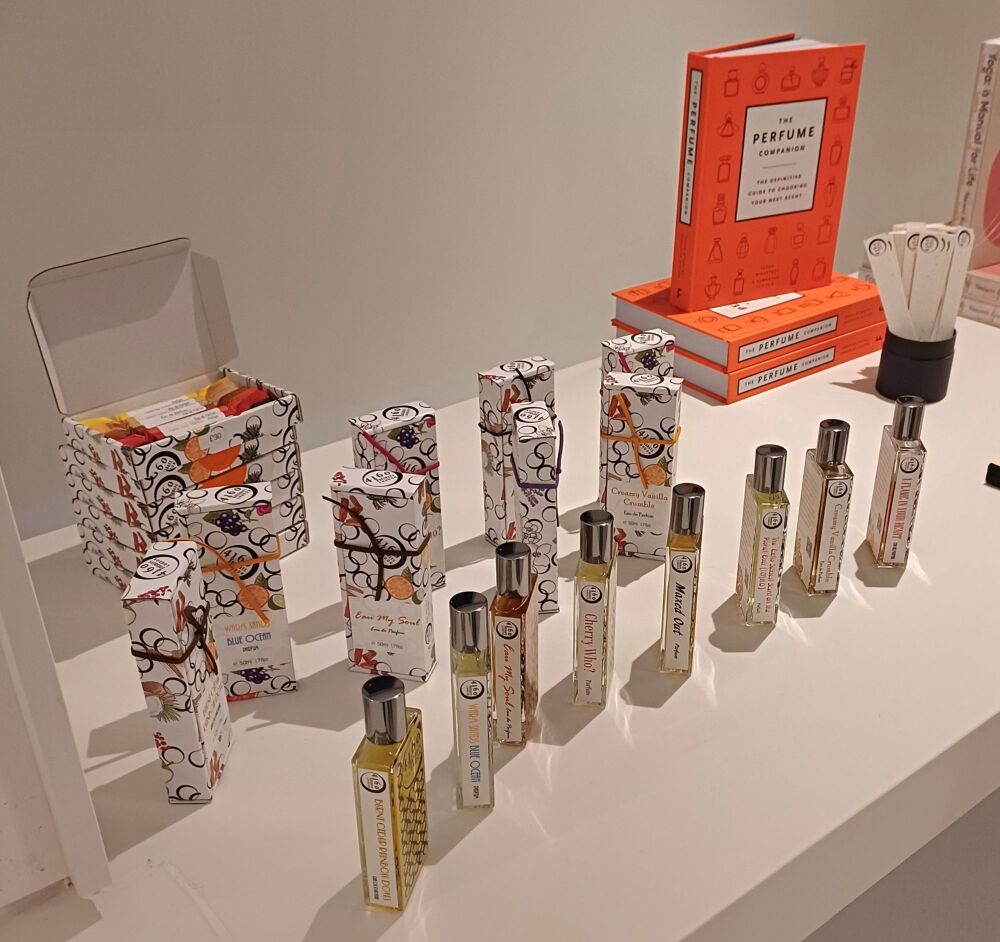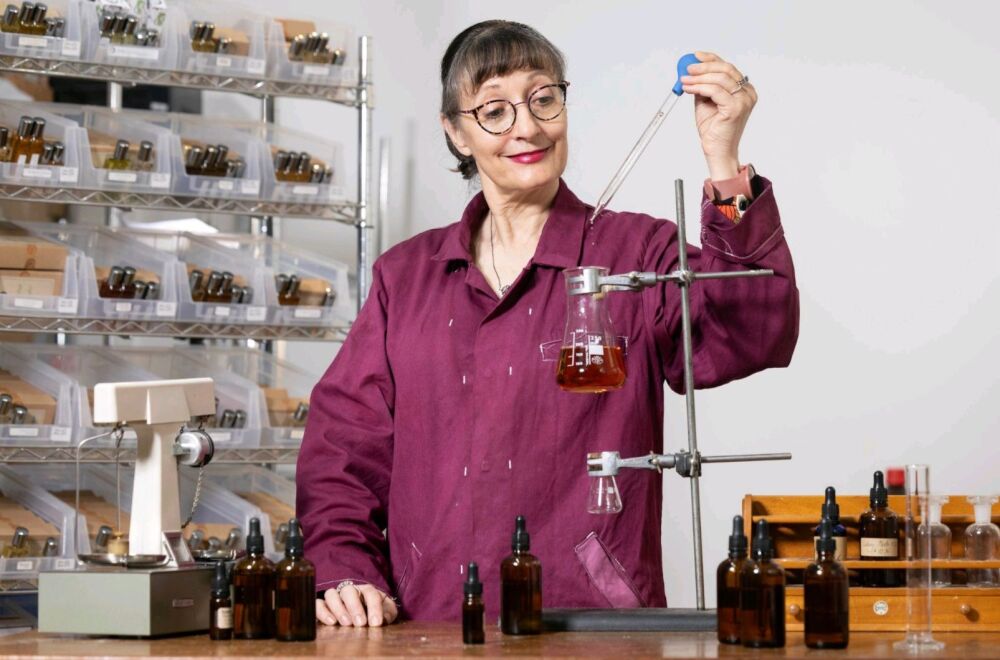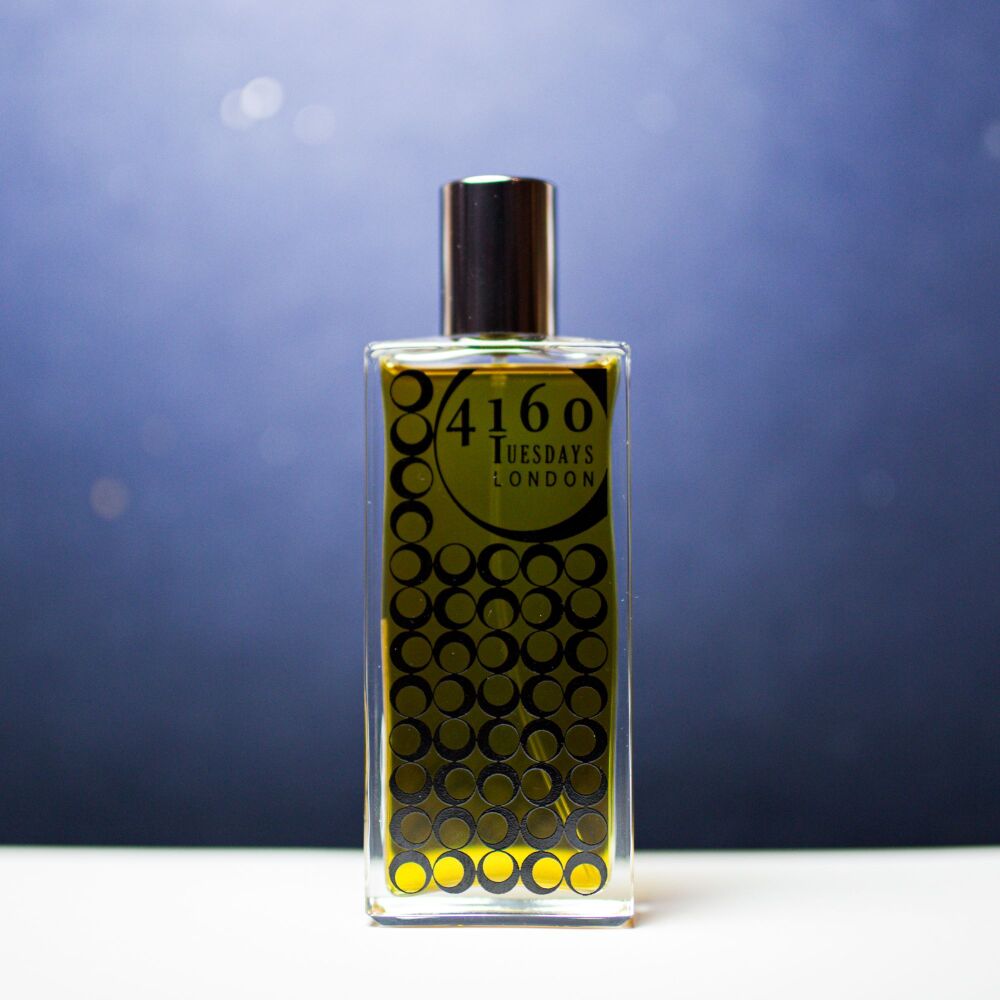The Other Alternative to Brands and their "Dupes"
Posted on
We're starting 2025 by posting our thoughts in places hosted by people we really know. If something goes wrong here on Create.net we can pick up the phone and call Ian in Brighton. There are websites which would give is more features - most of which we don't really want - but human contact is more valuable to us.
First up this year, the rise of the "dupe".
Shortly after British cosmetics company Lush Fresh Handmade Cosmetics, Boots - the massive British pharmacy/drugstore/cosmetics/fragrances chain with at least one shop in every town - brought out a range called Fresh. This was the late 1990s and everything Lush did was exciting. No one else was selling bath bombs at the time; Lush was the OG.
I was their writer and we had a style that was really distinctive; we were featured in a book on copywriting along with innocent smoothies and someone I've forgotten as the three brands setting the new style, talking to people as people, equals not mere customers.
So there I was in Boots, standing by the Fresh shelf, reading text on a box that sounded exactly like I could have written it. Lush got the lawyers on it immediately, and Boots had to redefine their use of the word "Fresh". While Lush's products really were freshly handmade and delivered straight to their shops, Boots' products were being machine made ready to be stored in their warehouses, and not the slightest bit fresh at all.
I can tell you from experience that it's really weird to be copied.
I felt as if I were being watched, as if all Boots' CCTV cameras were pointing at me as I read the words I could have written, but didn't, and realised that their marketing team had had all Lush's products in their offices, copying the lot, and were briefing their copywriters to use my writing style.
I belong to a group called Buy Women Built; it's made up of female CEOs of companies tiny to huge. One of the most regular topics is the flood of copying by Temu and Shein, but also by large UK companies.
The odd thing is that people are rarely bothered about counterfeits/fakes/snides/dupes - call them what you like - until they themselves are copied at which point they go nuts! People will buy fake Chanel bags in Türkiye, convinced that these are the real thing made in the same factory from leftovers. They never are. People will buy dupe fragrances, justifying it by saying the fragrance is probably the same, but without the expensive bottle or the retailer's margin. Buyers make it about the end product and the price, never about the process or the people.
If someone steals your ideas, and I hope it doesn't happen, it won't feel good.
A couple of years ago I was really confused by a TikTok perfume chappy who wrote to me asking if I made dupes. He said his followers told him I did, and I basically told him where to stick it. It turned out that he believed this was a compliment not an insult and said and he'd been wanting to buy from me but only if I was making copies of other brands' perfumes. Or as he put it, he'd been about to "drop £200" on my website until I was inexplicably rude to him.
It never crossed my mind that someone would consider it a compliment to be asked if they made dupes. From my point of view he was calling me a thief and a cheat.
Is it just the money?
In the early 2000s I helped a friend of mine with research into counterfeits for her MA in fashion marketing, and we investigated people's motives quite deeply. What we were trying to discover was why people didn't explore a little more widely to find something they liked that was neither designer branded, nor a copy of a designer brand.
Why not go indie?
In fashion as in perfume, it seems to come down to a lack of self-confidence plus an unwillingness to explore. The majority of fashion consumers like to align themselves with something bigger than themselves. Some of the brand's halo reflects on to them and they feel that they have approval; they buy a little of the greatness and fame that the brand generates. They lack the confidence to go out there on their own and feel much safer with a recommendation.
Friends, press and now influencers bridge the confidence gaps between brands and customers. Word of mouth has always been the best recommendation for people who aren't the mavens, the ones who go out and decide for themselves. in the 1990s, Nike found that there was always one kid in each school who set the brand style for the whole establishment. Before there was even social media, they had identified who the influencers were, and given them shoes. If they could flip one boy over from Adidas, then the school would follow.
After face to face word of mouth, people believe the media, and after that it's advertising. We need to see something on average seven times before we will act on it; sometimes it's just the once, and sometimes it's 20 times or never, but repetitive messaging from several sources usually does the trick. That's why dupe companies keep banging on at us in social media, because they're not permitted to advertise out loud; the genuine brands would withdraw their money.
How about our third way? Go indie or go home.
So this is all about us, the perfume makers and wearers who want to do something new and different. Those of us who want to win or wear the Art & Olfaction Awards.
I suspect that we don't have any problem deciding whether or not we like a perfume enough to buy and wear it.
I suspect that the makers amongst us want to create something that no one has smelled before - more intriguing, fascinating, ground-breaking, magnificent and beguiling, a combination of aromas that inspire perfume connoisseurs to cover themselves in it.
We don't need anyone's permission to put our chosen aromas on our bodies. I suspect that we're the same with other parts of our lives too.
The problem is that there aren't that many of us. What proportion of the population do you imagine will choose something for themselves without seeking approval or validation from others, even if it's an influencer they have never met?
The money is currently in the big brands - whose profits are currently falling because they have recently been getting quite silly with their price hikes - and with the copies.
If we're to present the third point of the triangle - the indie brands - as a viable option, we have to support each other and continue to kick off about our alternative to the alternative. Perfume isn't binary - big brand or copy of big brand - it's trinary. We're the third way.



